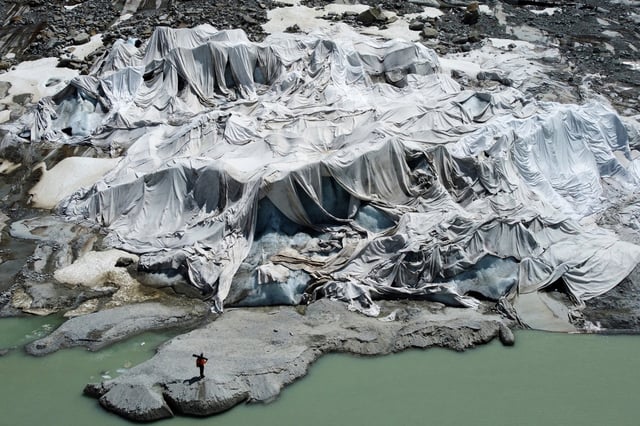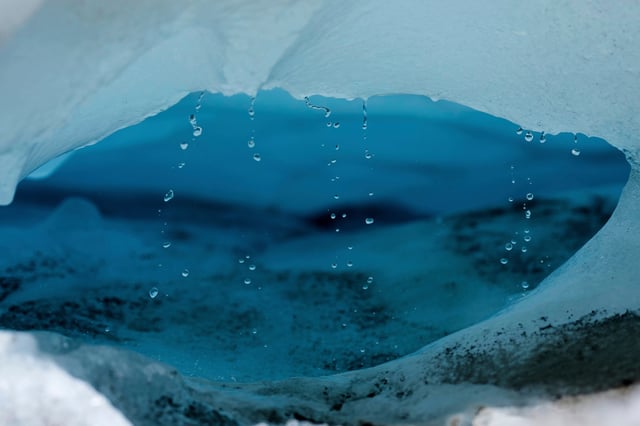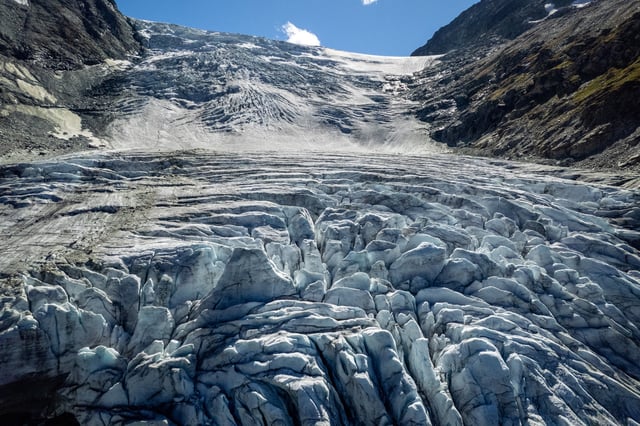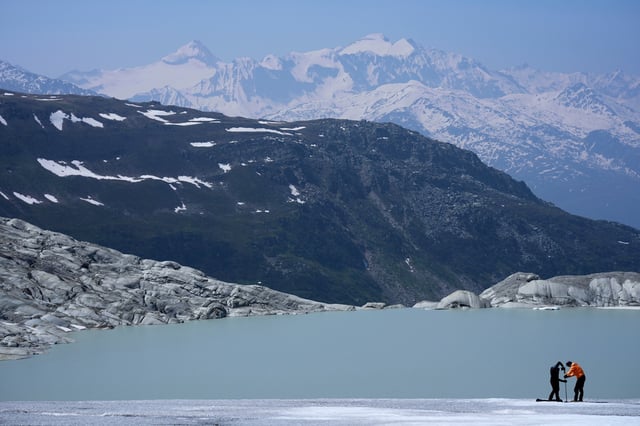Overview
- The GLAMOS and Swiss Academy of Sciences report for the 2024–25 hydrological year records a 3% national ice loss, ranking behind only 2022, 2023 and 2003.
- Swiss glacier volume has fallen about 24% since 2015, with more than 1,100 glaciers gone since the 1970s and roughly 100 disappearing between 2016 and 2022.
- Sparse snowfall left reserves depleted before Switzerland’s second-hottest June on record, an August heatwave pushed the freezing line to about 5,000 meters, and a cool, wet July prevented an even worse outcome.
- National totals are derived from detailed measurements at around 20 reference glaciers and extrapolated to roughly 1,400 glaciers across the country.
- GLAMOS warns of growing hazards such as mountain destabilisation and the May collapse that destroyed Blatten, and says deep global emissions cuts could still preserve about one-third of high-elevation ice.



